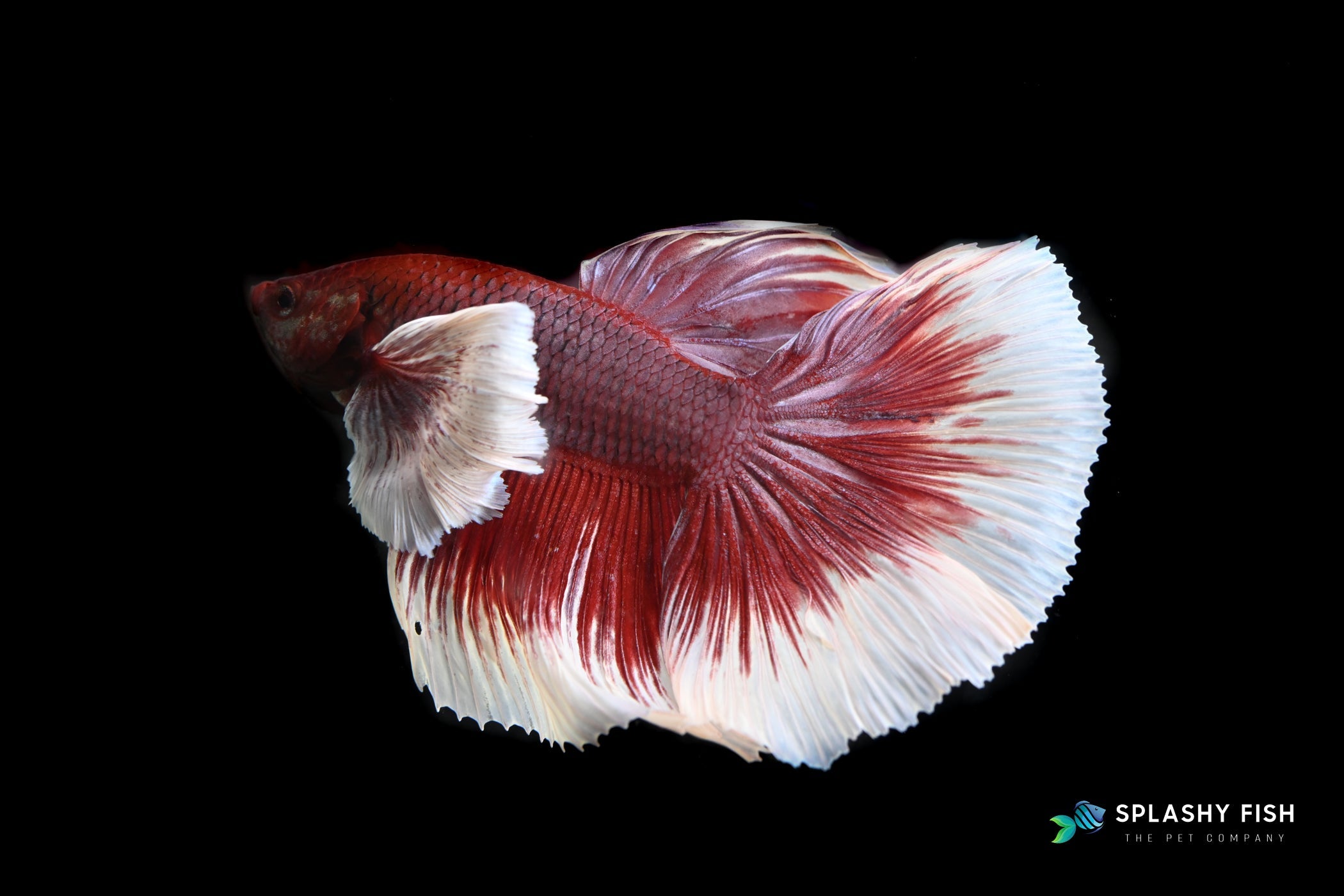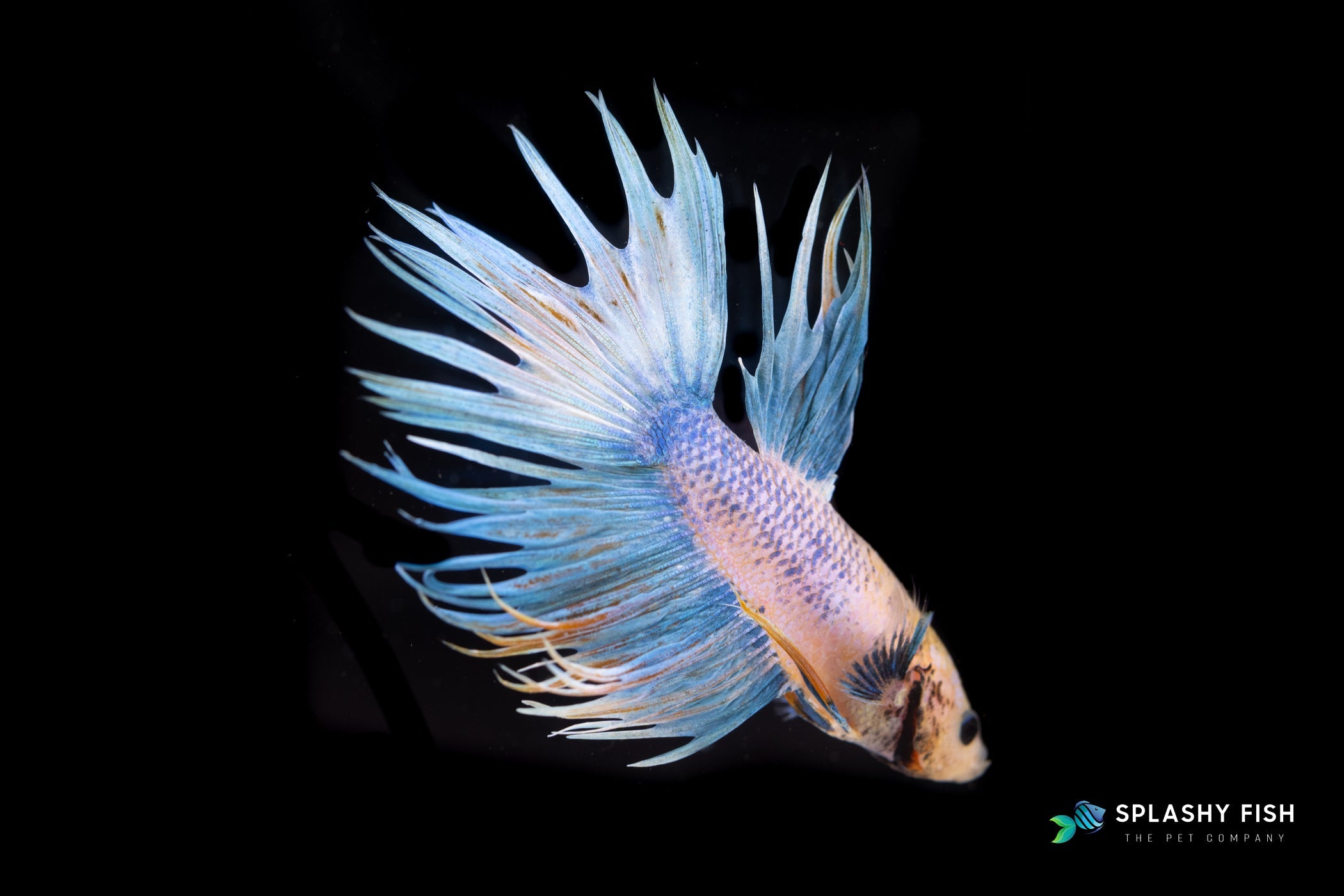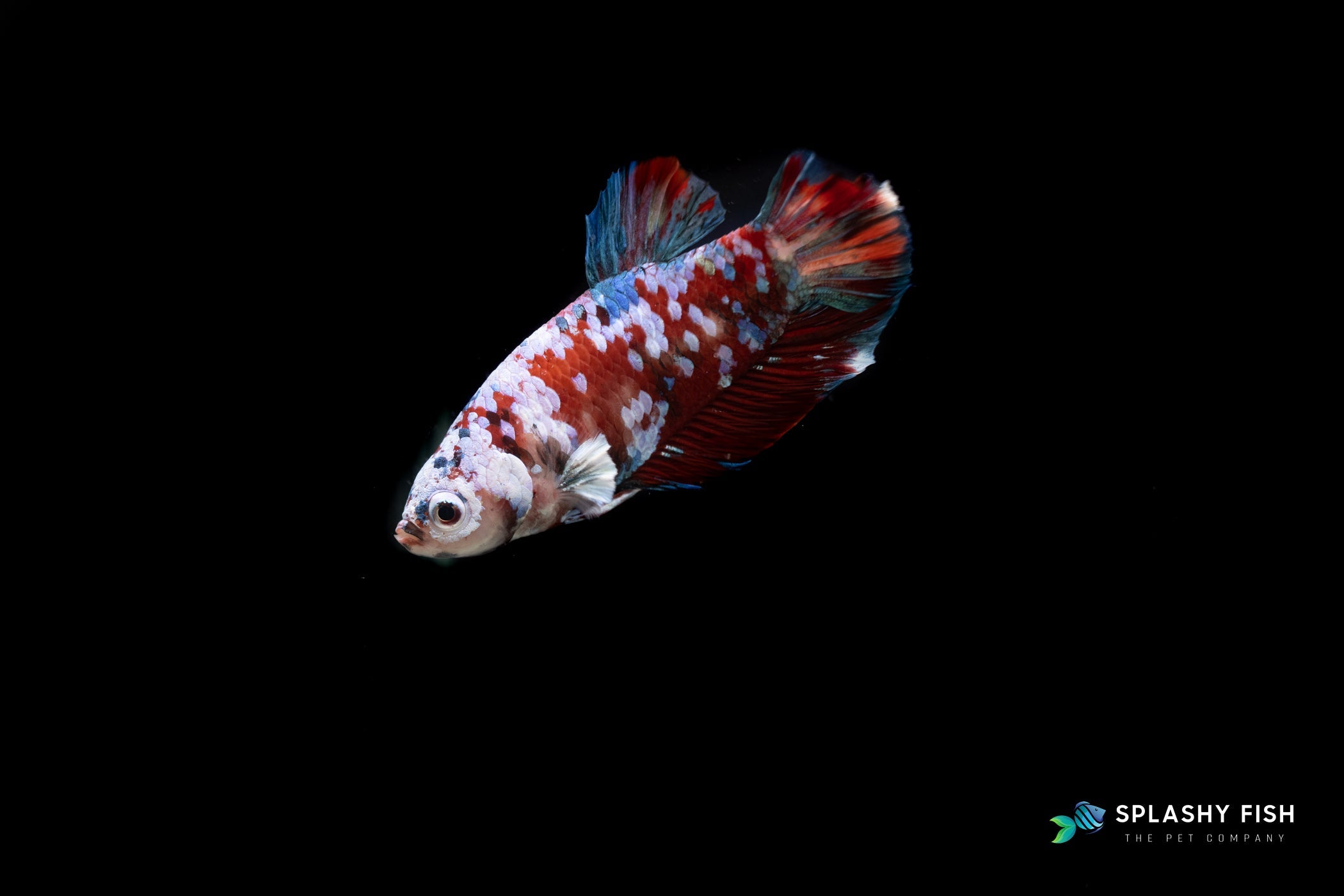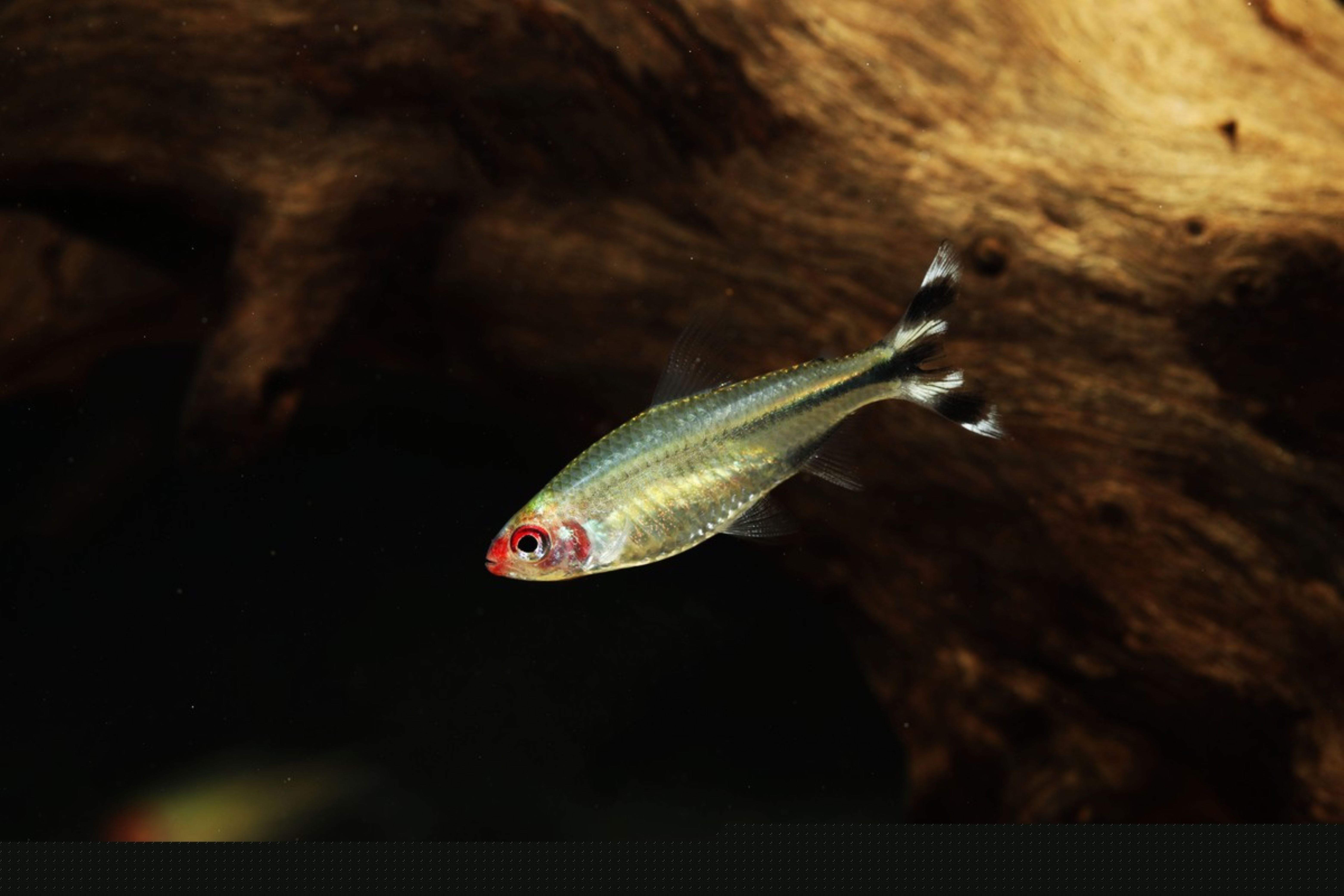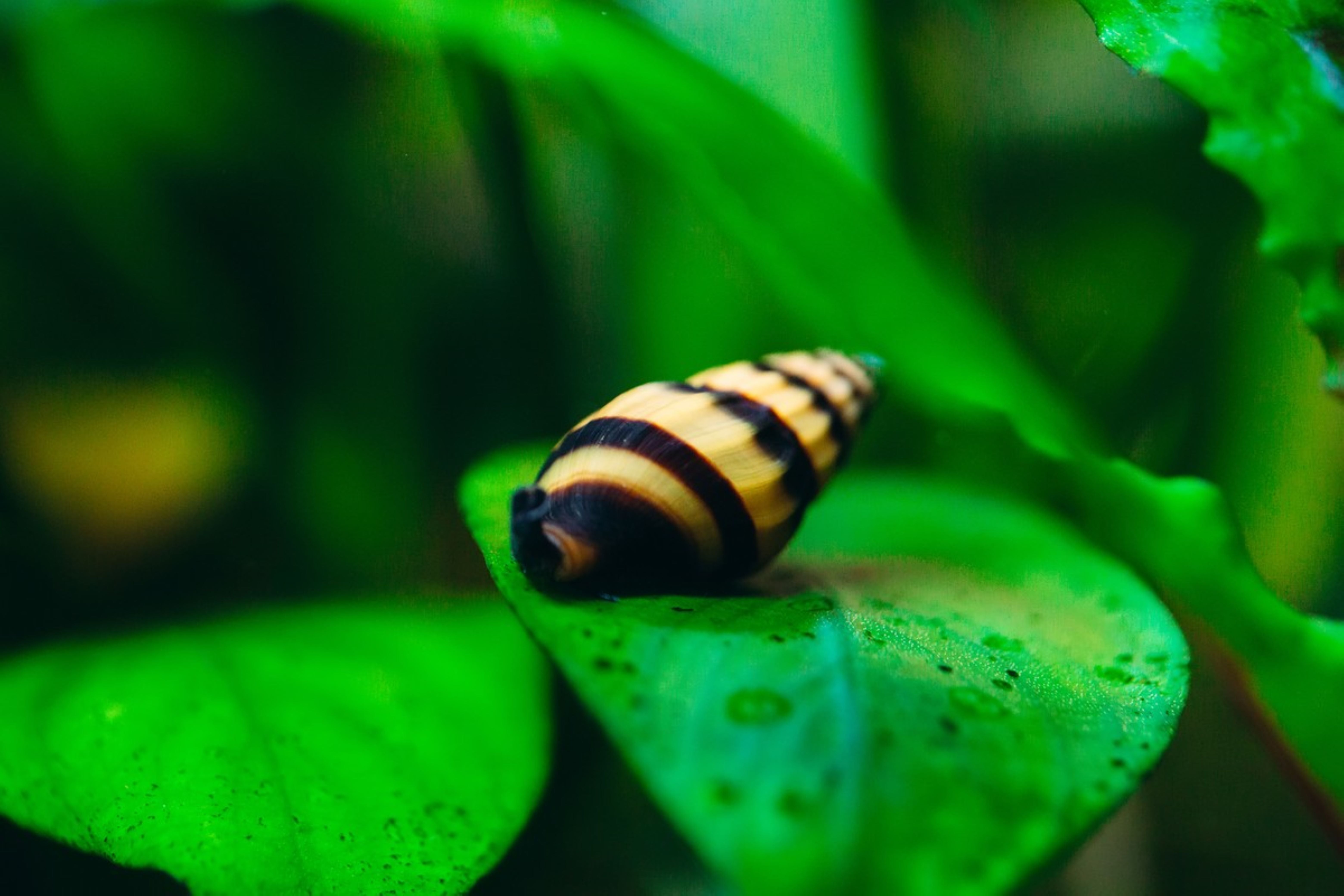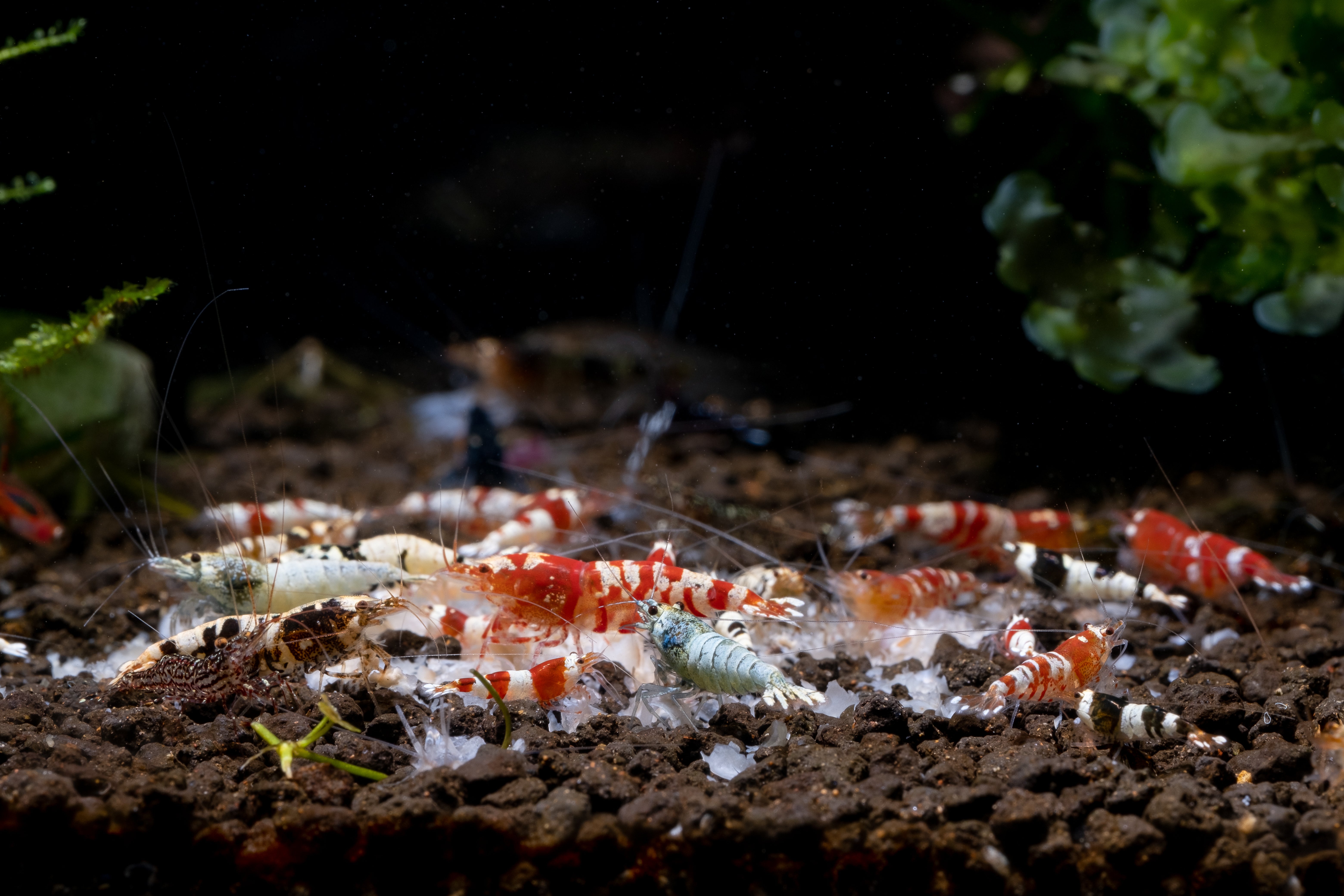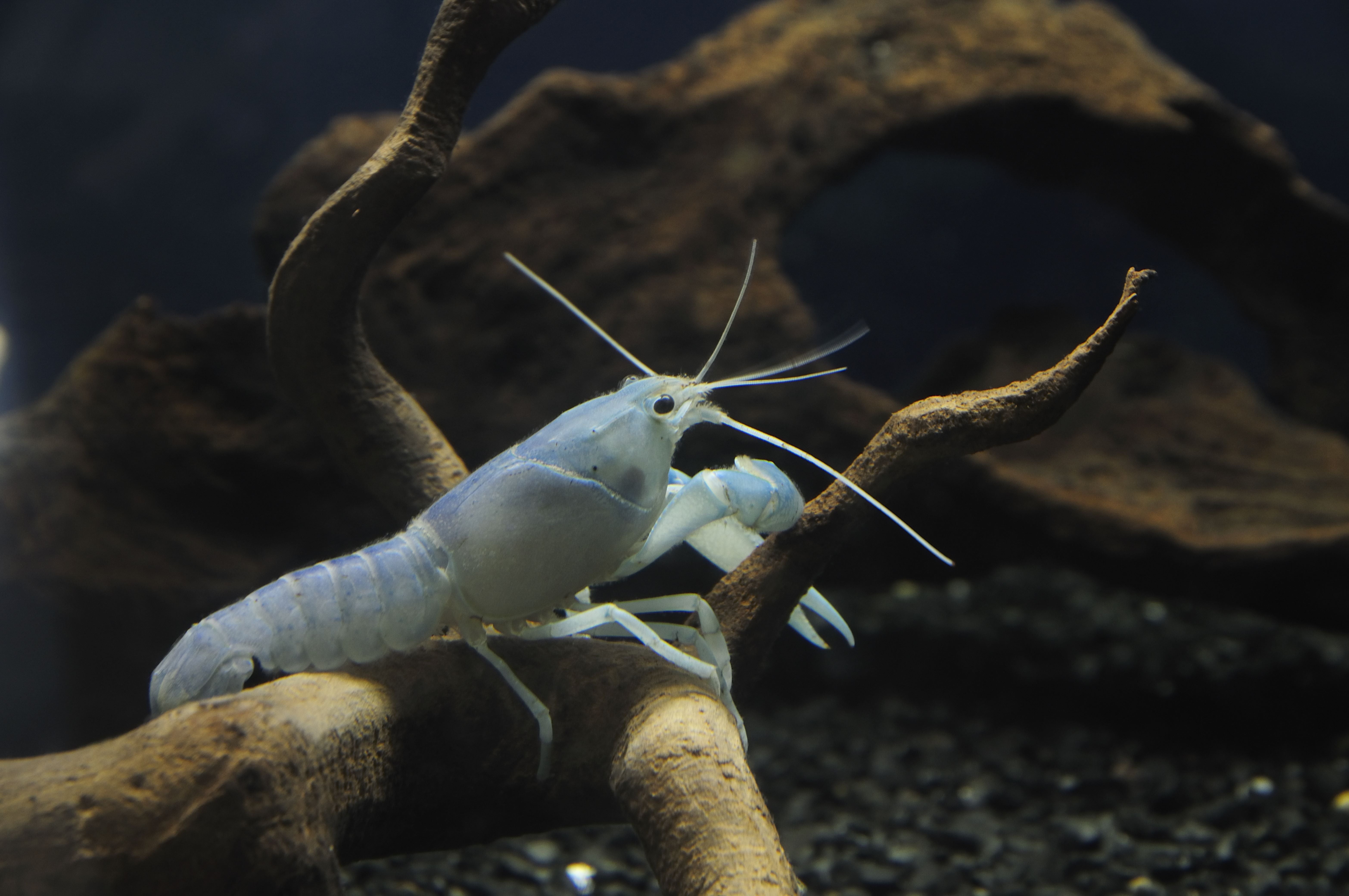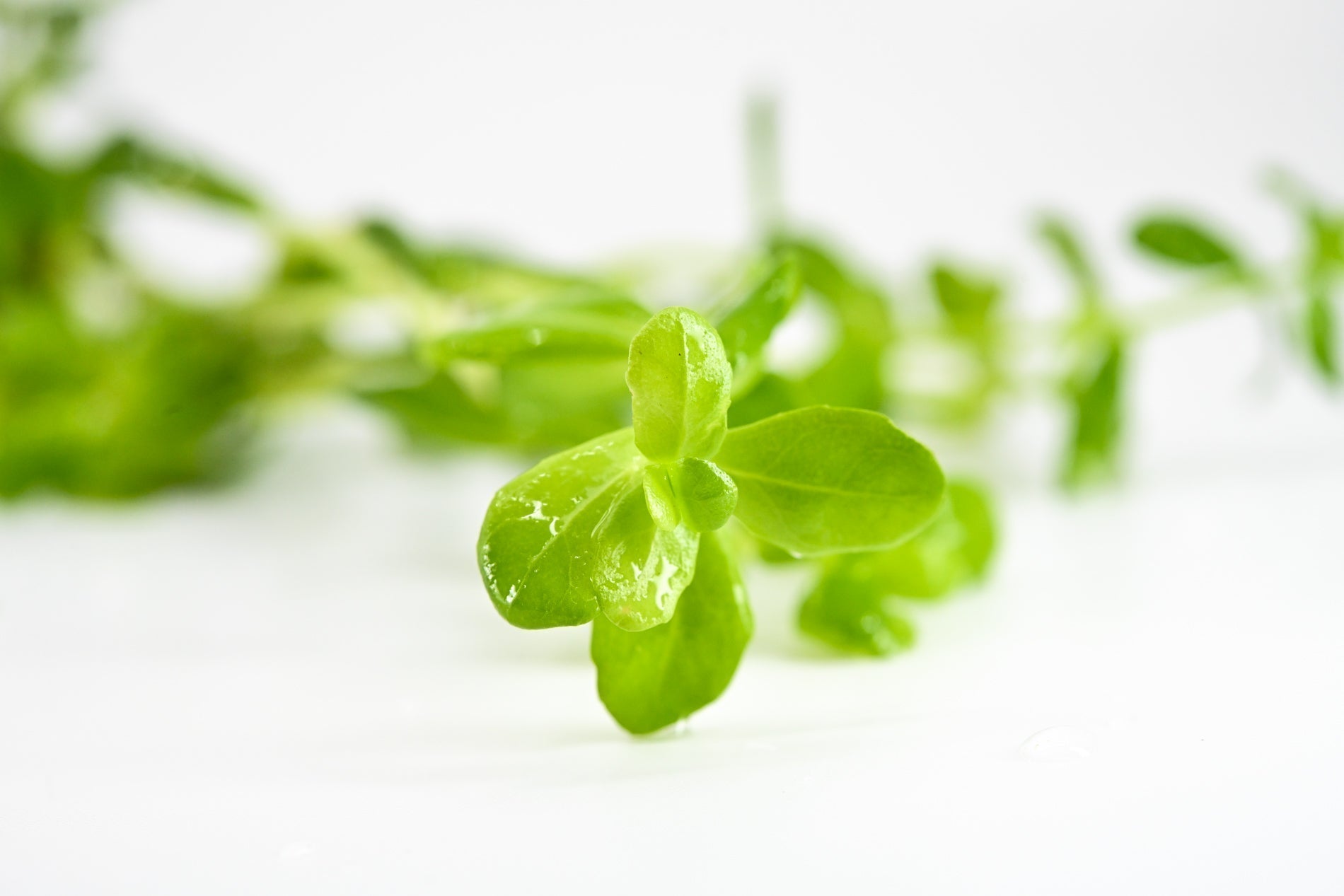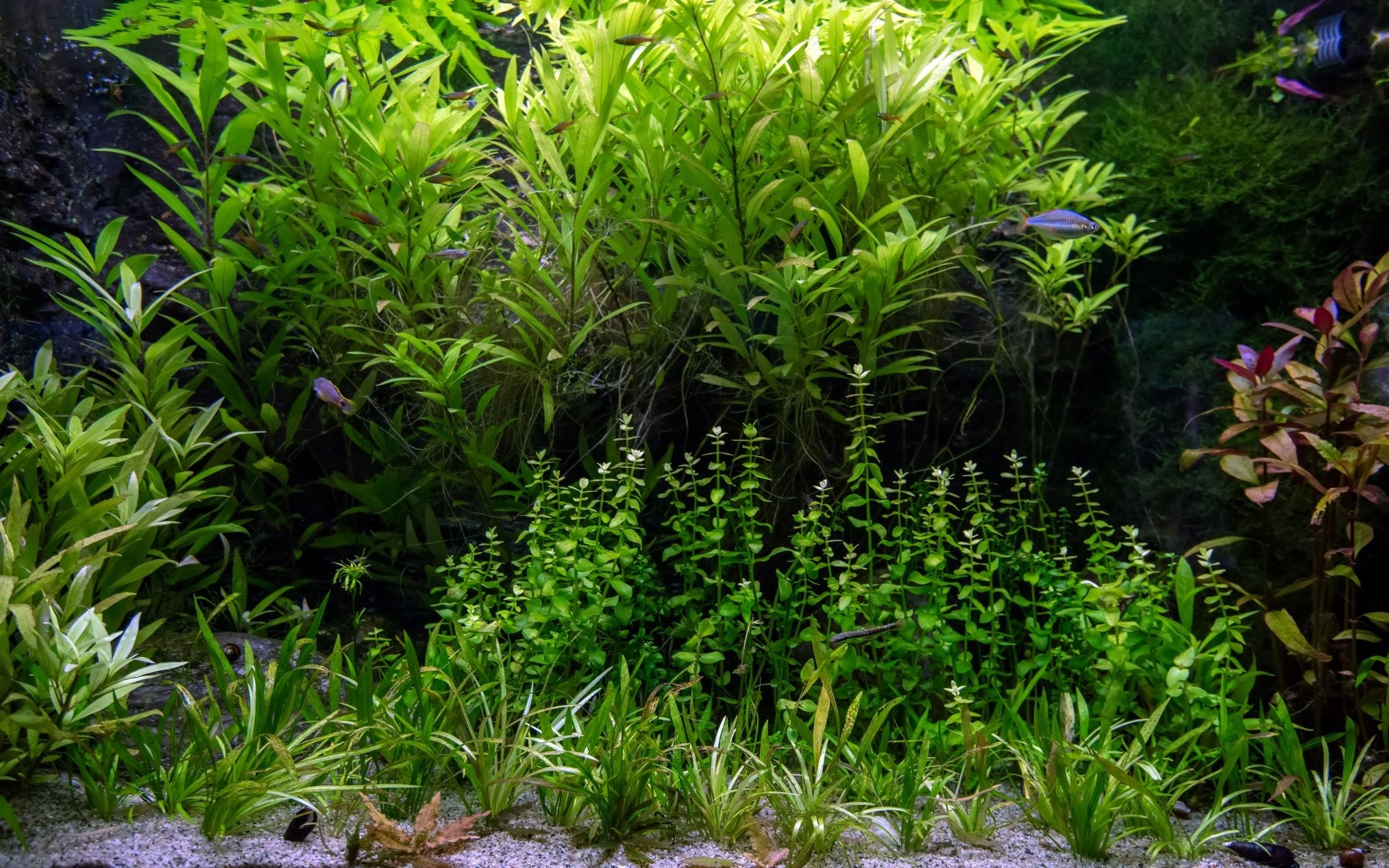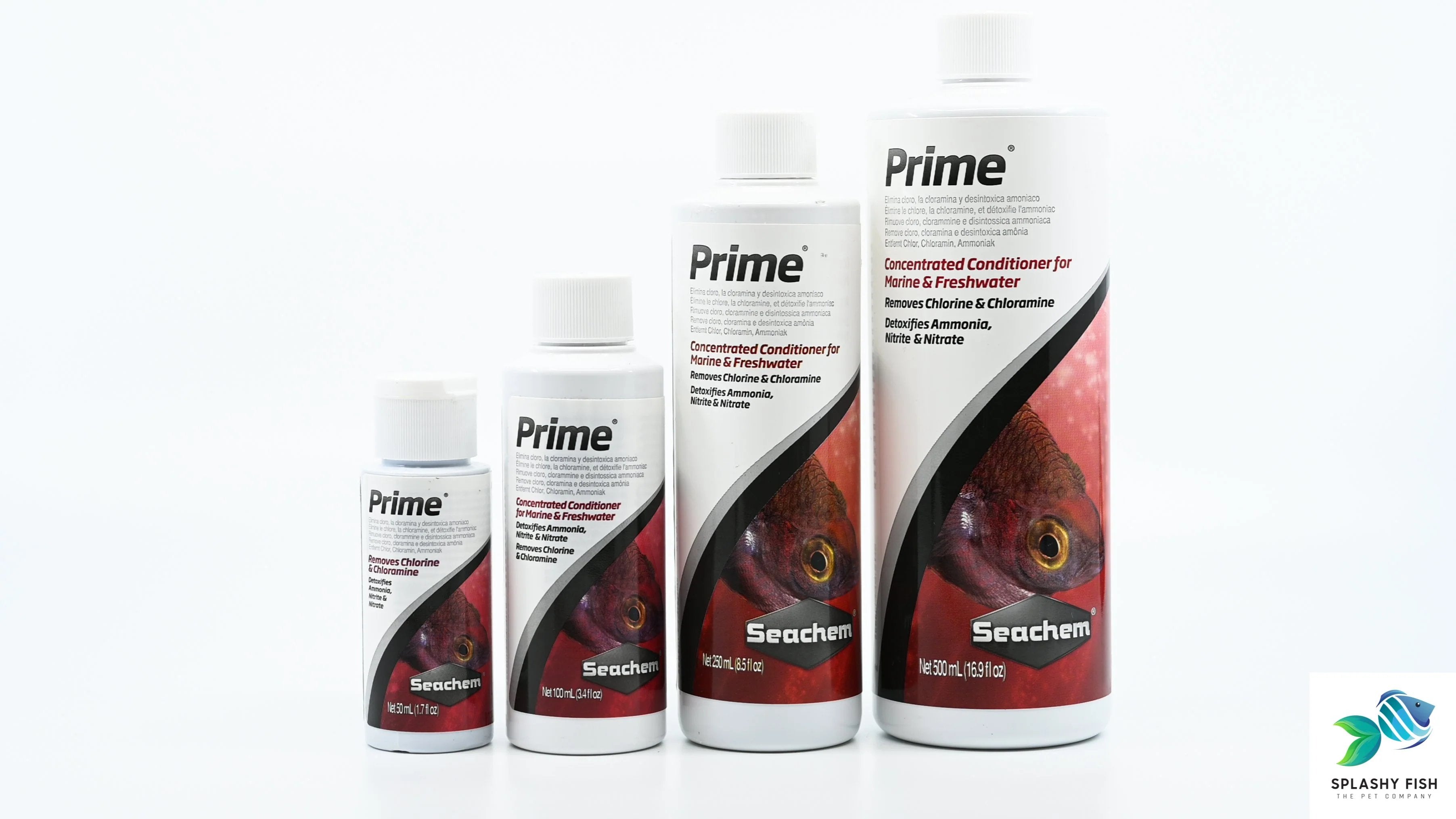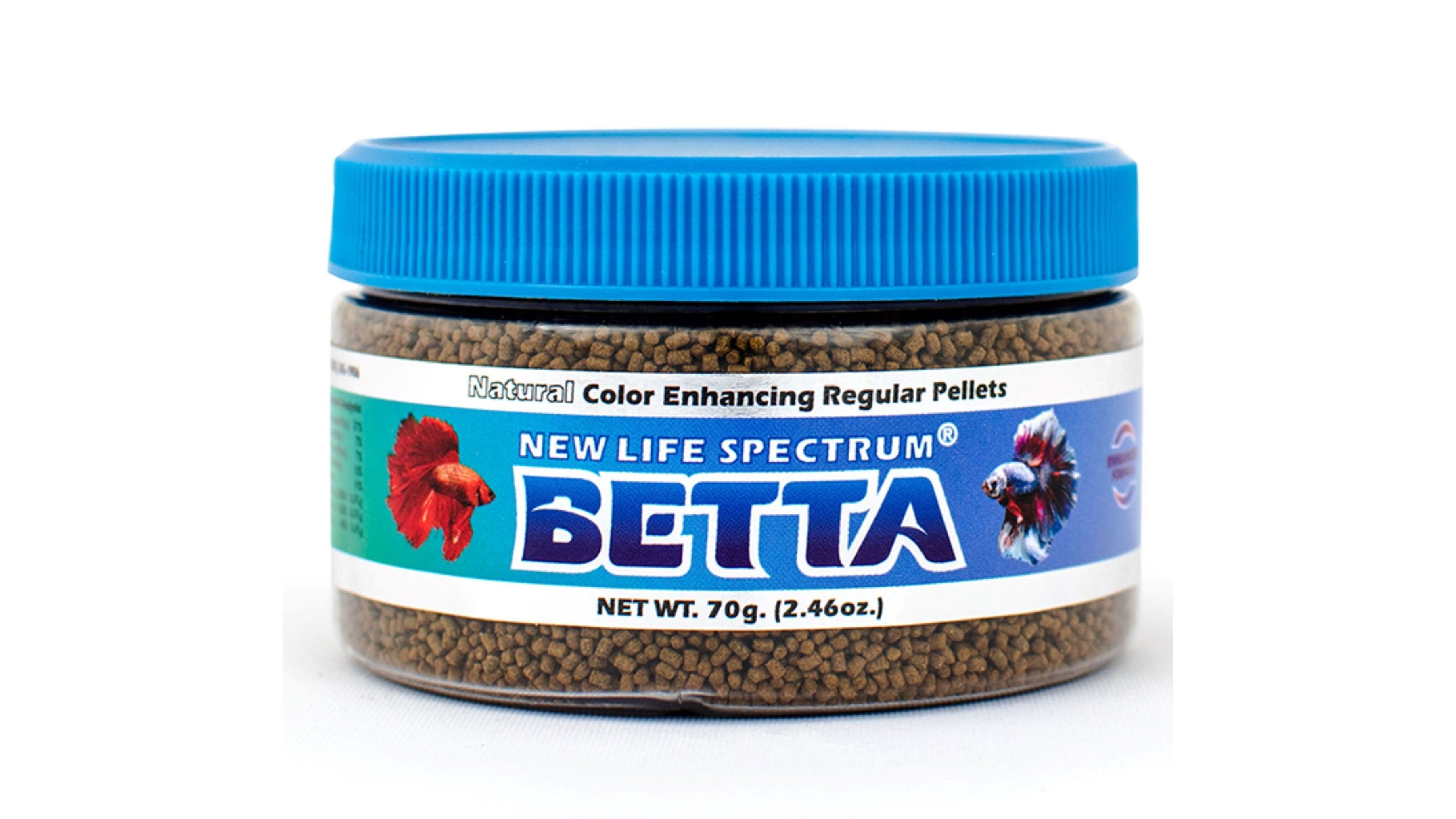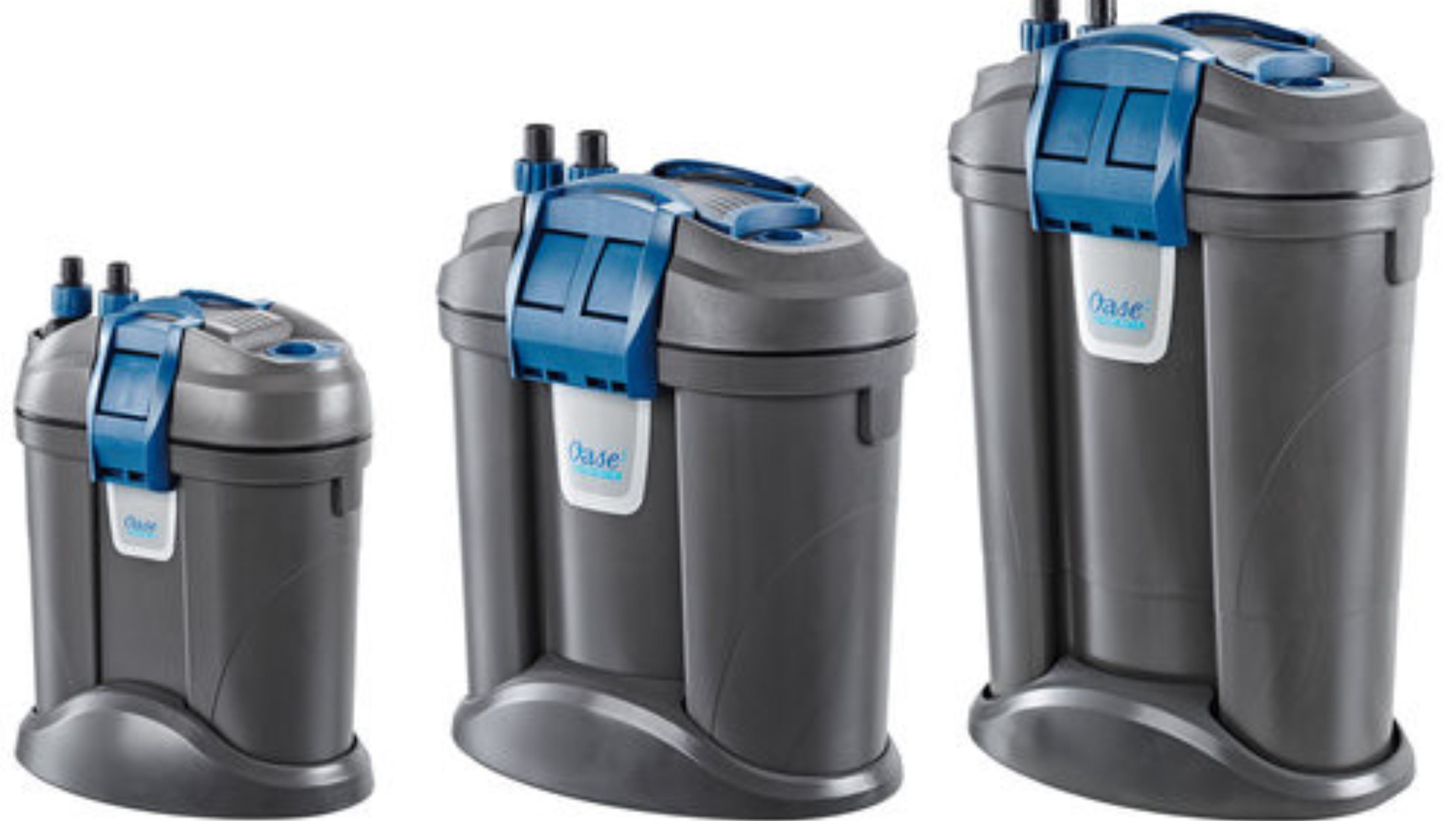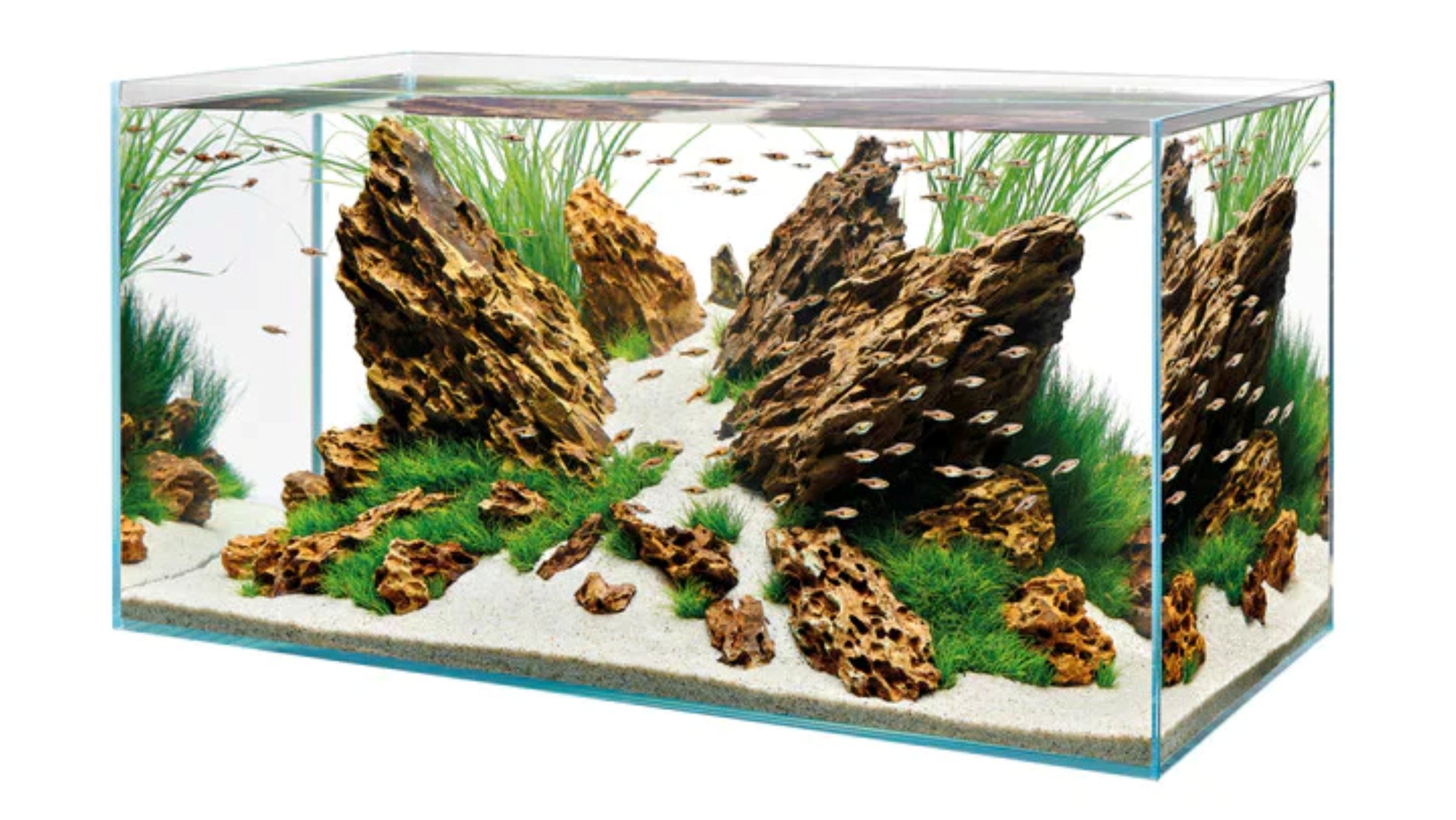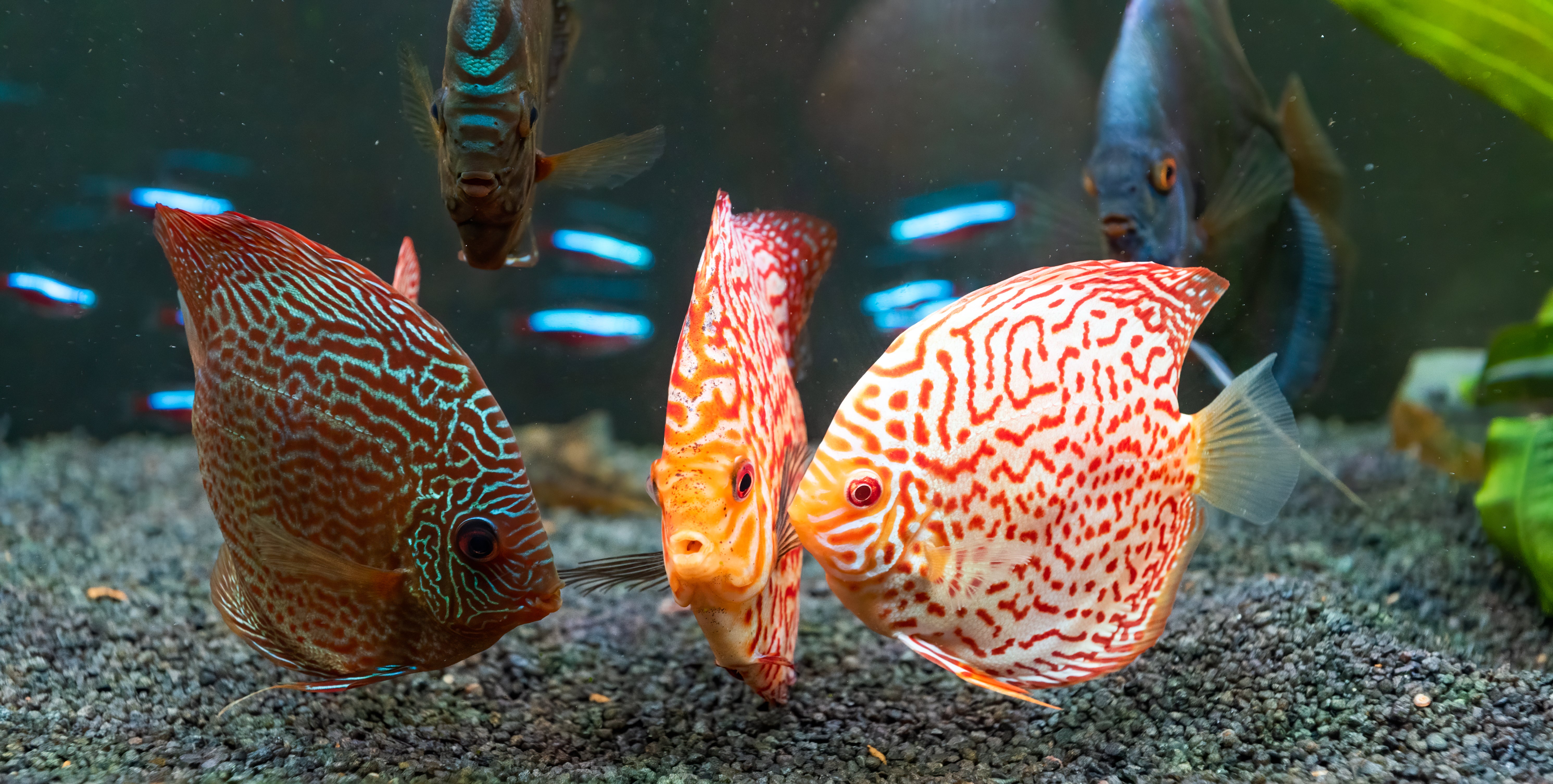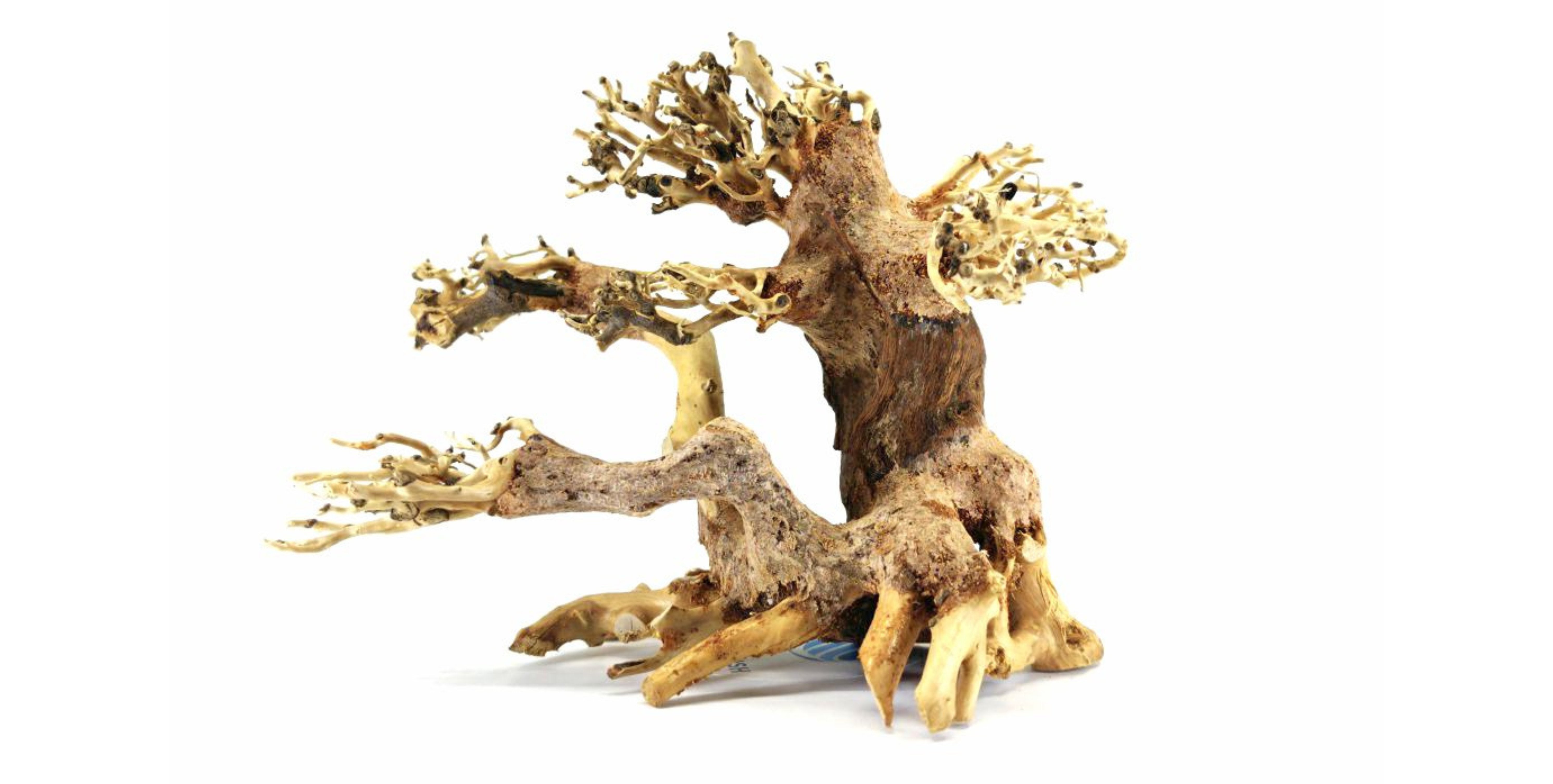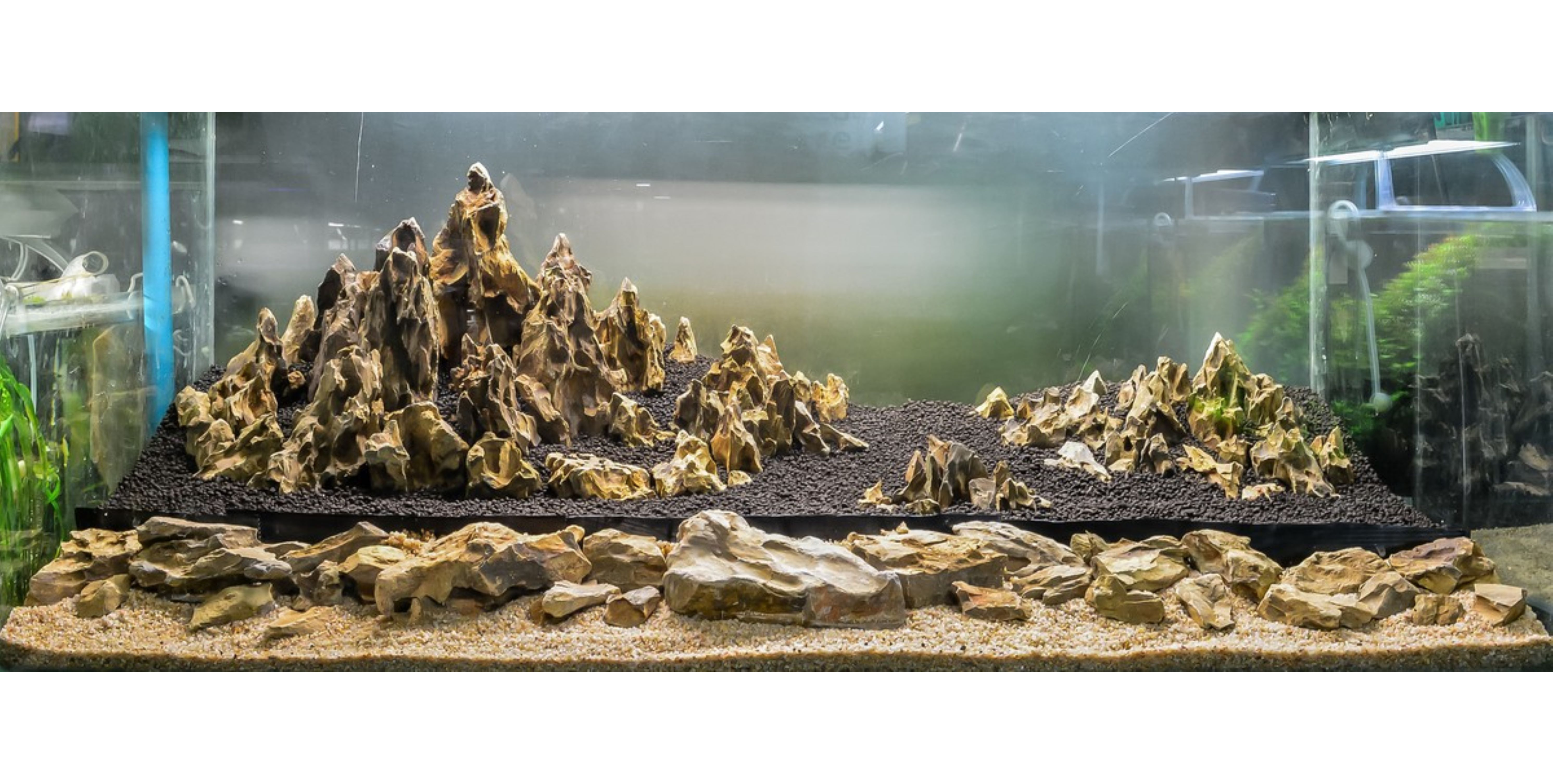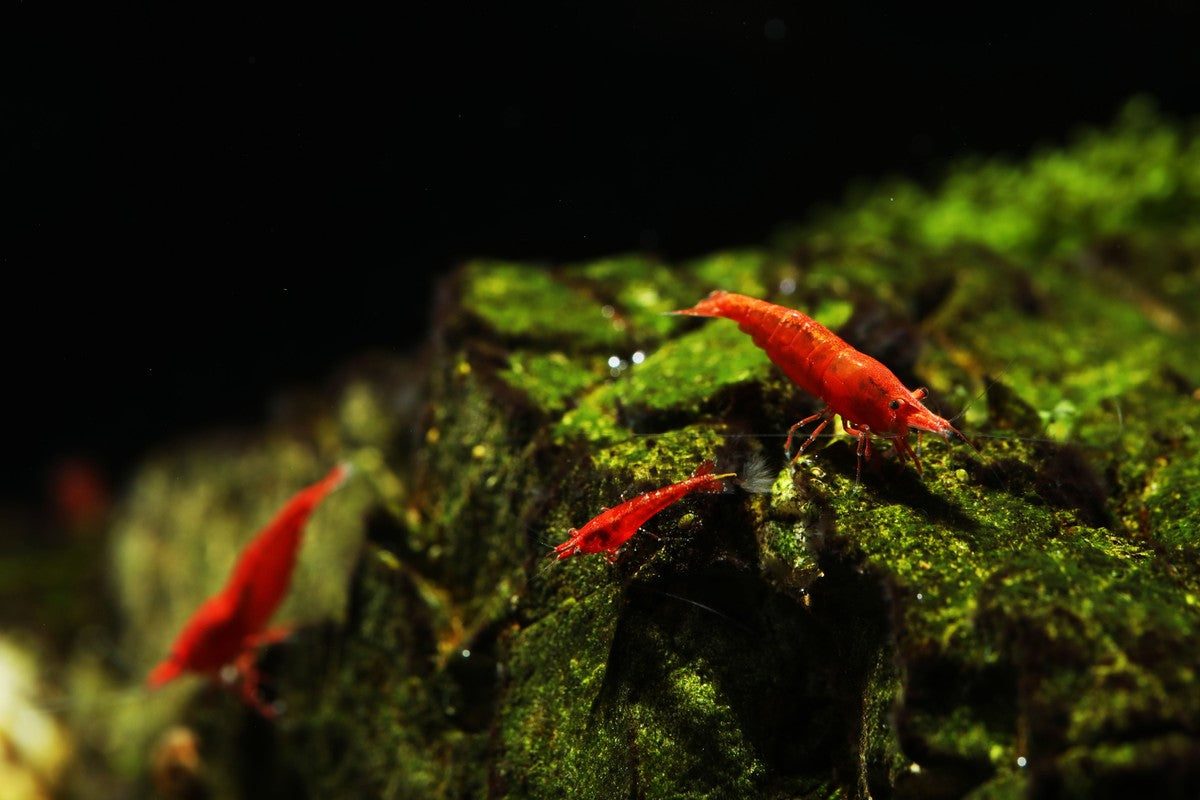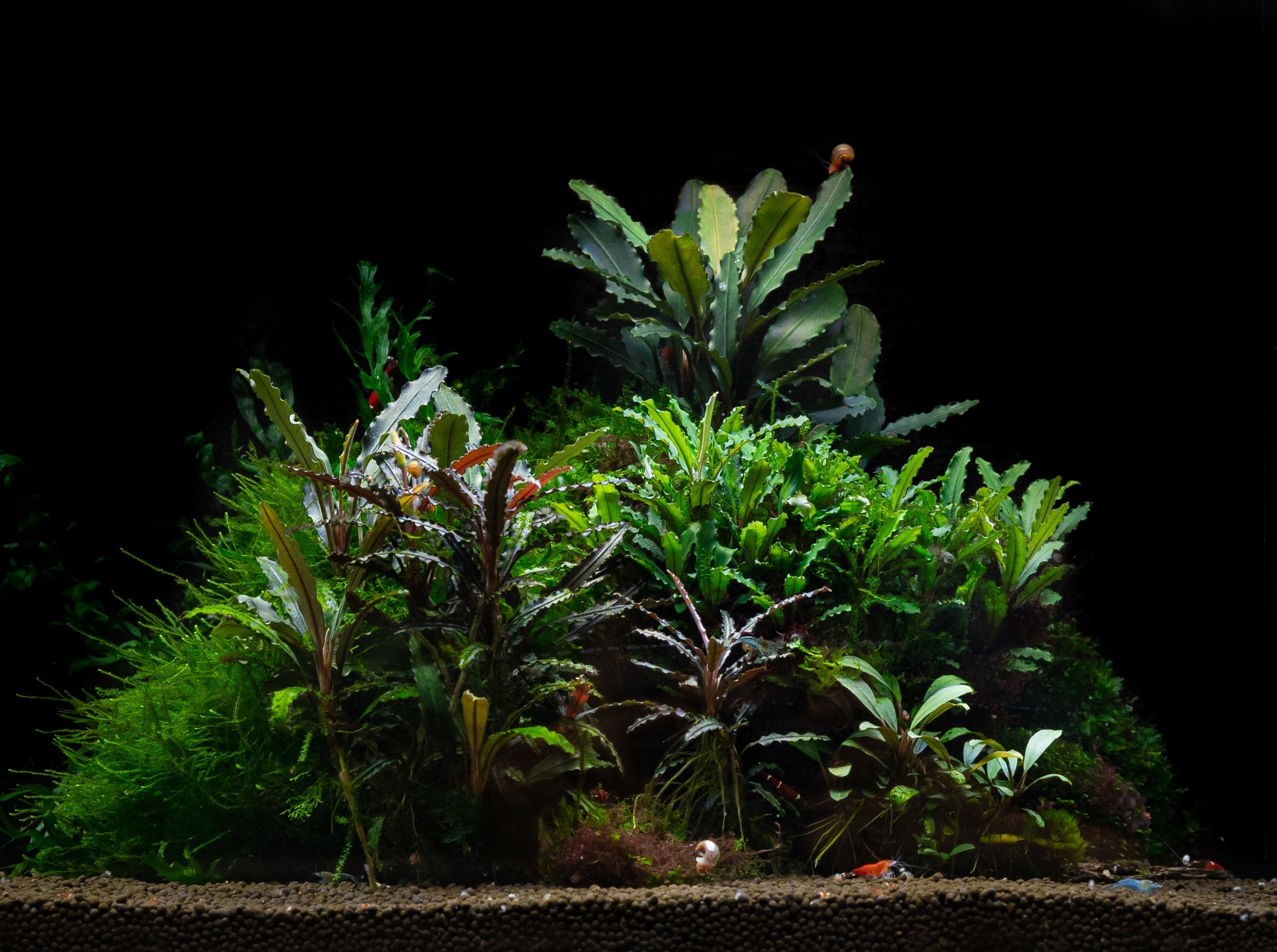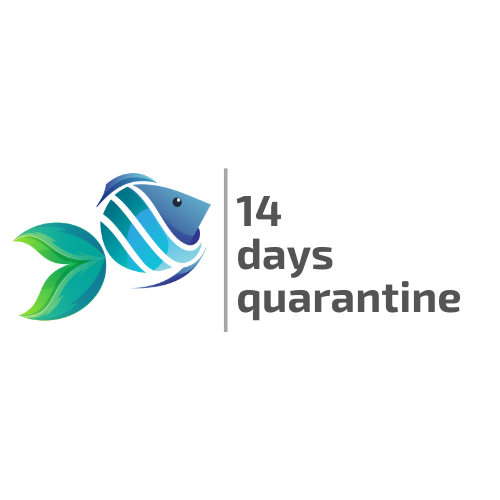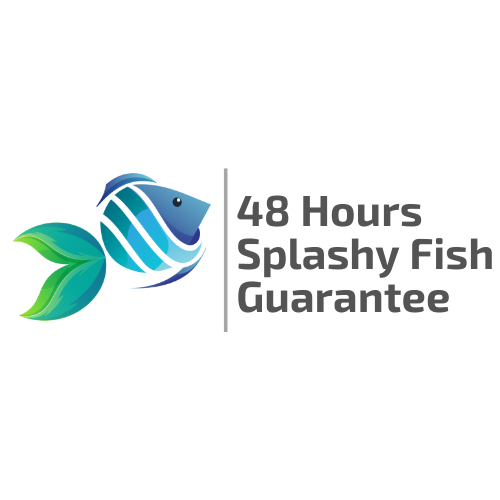Table of Contents
Creating a dedicated shrimp tank is one of the most rewarding experiences in the freshwater aquarium hobby. Whether you're drawn to their delicate appearance, fascinating behaviors, or algae-cleaning capabilities, aquarium shrimp are an excellent choice for nano tanks and larger aquascapes alike. This comprehensive guide will walk you through everything you need to know, from choosing the right shrimp types and setting up your shrimp aquarium to ensuring a thriving, beautiful, and balanced freshwater shrimp tank.
Why Should You Have A Shrimp Tank?
A shrimp tank offers more than just visual appeal. These tiny pet shrimp are natural scavengers, known for their ability to clean algae, leftover food, and biofilm. Their low bioload makes them ideal for nano tanks and smaller spaces. Unlike larger fish, freshwater shrimp are peaceful and fascinating to observe. Watching a colony of shrimp grazing across aquarium plants, substrate, or driftwood creates a serene, dynamic underwater landscape. Whether you want to build a planted shrimp tank for aquascaping or a species-only breeding setup, a shrimp-only aquarium is both functional and aesthetically rewarding.

Popular Types of Freshwater Shrimp
Choosing the right shrimp species is essential. Each type has its own water parameter requirements and care level, making it important to match them with your tank setup and experience level.
Neocaridina Shrimp
Neocaridina shrimp, including the ever-popular Red Cherry Shrimp, are the most beginner-friendly shrimp species. They come in a wide range of vibrant colors such as Red, Blue, Yellow, Orange, and Green. These hardy shrimp can tolerate a wide range of water parameters and breed easily in captivity, making them ideal for anyone new to shrimp keeping. Neocaridinas are perfect for nano shrimp tanks and planted aquariums.
See more details on How to Care for Neocaridina Shrimp here.
Caridina Shrimp
Caridina shrimp are more sensitive and best suited for intermediate to advanced aquarists. This group includes the striking Crystal Red Shrimp, Crystal Black Shrimp, Tiger Shrimp, and Bee Shrimp. Caridinas require soft, slightly acidic water and stable parameters. Due to their selective breeding, they often display intricate patterns and premium coloration, making them the centerpiece of any shrimp aquarium.
See more details on How to Care for Caridina Shrimp here.
Sulawesi Shrimp
Sulawesi shrimp, such as Cardinal Sulawesi Shrimp, are exotic and visually captivating. They originate from ancient lakes in Indonesia and have very specific water requirements: warm temperatures, high pH, and mineral-rich environments. These shrimp are less commonly kept due to their care difficulty, but their vibrant red bodies and white spots make them one of the most beautiful freshwater shrimp available. They’re best suited for a dedicated only shrimp tank with minimal interference.
See more details on How to Care for Sulawesi Shrimp here.
Setting Up The Ideal Only Shrimp Tank
A successful shrimp tank setup begins with understanding the essential equipment and water conditions that shrimp require to thrive. Below are the foundational elements of your shrimp aquarium setup:
Tank Size
While shrimp can be kept in tanks as small as 5 gallons, a 10-gallon shrimp tank is more stable and allows for colony expansion. Larger tanks are easier to maintain in terms of water quality and give shrimp more room to forage and breed. If you're considering breeding freshwater shrimp, go for a 20-gallon long tank to offer enough space for generations of shrimp to coexist.
Filter
Shrimp are small and sensitive to high water flow. Use a sponge filter, which provides gentle filtration, oxygenation, and a surface for biofilm, shrimp’s favorite food source, to grow. Sponge filters also eliminate the risk of baby shrimp being sucked into the filter. You can also use a hang-on-back filter with a pre-filter sponge to maintain minimal and safe flow.
Tank Parameters
Stable, clean water is crucial for shrimp health. For Neocaridina shrimp:
- pH: 6.5–7.8
- GH: 6–8
- KH: 2–4
- TDS: 150–250 ppm
For Caridina shrimp:
- pH: 5.8–6.8
- GH: 4–6
- KH: 0–2
- TDS: 100–160 ppm
Always use a high-quality test kit and remineralize RO/DI water if needed to reach ideal parameters.
Water Temperature
- Neocaridina: 65–73°F (18–23°C)
- Caridina: 70–74°F (21–23°C)
- Sulawesi: 78–82°F (25–28°C)
Use a reliable heater to maintain a stable temperature, especially in colder climates. A digital thermometer is also helpful to monitor fluctuations.
What Do Freshwater Shrimp Eat?
Shrimp are omnivores and opportunistic feeders. Their primary diet consists of biofilm, algae, detritus, and leftover fish food. In a planted shrimp tank, shrimp will naturally graze on biofilm growing on plant surfaces and hardscape. To supplement their diet:
- Feed quality shrimp food like shrimp pellets or granules
- Add blanched vegetables like spinach, zucchini, and kale
- Occasionally offer protein sources like bloodworms or shrimp-specific treats
Feed them in moderation, about what they can finish in 2–3 hours. Overfeeding leads to poor water quality and algae issues.
Enhance Shrimp Tank with Live Plants and Decorations
Aquarium Plants
Live plants are essential in a freshwater shrimp aquarium. They provide hiding spaces, surfaces for biofilm, and help maintain water quality. Top choices include:
- Java Moss: Excellent for baby shrimp to hide and graze
- Anubias: Hardy, low-light tolerant, great biofilm grower
- Marimo Moss Balls: Natural grazing surface and aesthetic addition
- Bucephalandra: Exotic leaves and slow-growing, perfect for nano tanks
- Hornwort and Water Wisteria: Help absorb excess nutrients and reduce algae
Aquarium Decorations
Decor is more than aesthetics; it supports shrimp behavior. Include:
- Cholla wood and driftwood: Great for biofilm and tannin release
- Ceramic shrimp tubes and caves: Offer shelter and encourage breeding
- Smooth stones and leaf litter: Natural, shrimp-friendly substrates
Avoid sharp decorations that can harm shrimp or trap tiny fry. Select shrimp-safe decor with a large surface area.
Conclusion
Building a dedicated only-shrimp tank offers both beauty and biological value to your aquatic hobby. Whether you're cultivating a colorful colony of Neocaridina or mastering the challenge of keeping Caridina or Sulawesi shrimp, success comes from understanding their unique needs. With the right tank setup, proper water parameters, a nutritious diet, and plenty of live plants and decor, your shrimp aquarium can flourish into a vibrant, self-sustaining ecosystem. Start small, stay consistent, and enjoy the peaceful world of freshwater shrimp.
At Splashy Fish aquatic store, our freshwater shrimp for sale are quarantined for 14 days before shipping to ensure the best quality for our customers. Visit us to buy freshwater shrimp online or at aquarium store in Virginia for more freshwater fish for sale, aquarium plants for sale, and aquarium supplies.
Shrimp Tank Frequently Asked Questions (FAQs)
How often should I clean my shrimp tank?
Clean your shrimp tank weekly by performing a 10–20% water change. Use a siphon to gently remove debris without disturbing the shrimp. Avoid deep substrate vacuuming, as shrimp and biofilm thrive in the lower layers. Rinse filters in tank water monthly to maintain beneficial bacteria.
How many shrimp should I keep in a shrimp tank?
A good rule is 10–15 shrimp per 5 gallons, depending on your filtration and plant density. A 10-gallon nano shrimp tank can house up to 25 Neocaridina shrimp comfortably. For breeding tanks, allow space for population growth.
Can I keep different types of freshwater shrimp together?
Only keep shrimp types together if they share similar water requirements. Mixing Neocaridina and Caridina is not recommended due to different water parameter needs. Also, interbreeding between color morphs in the same genus (e.g., Red Cherry and Blue Dream) may result in wild-type offspring. Separate species tanks are best for preserving color and genetics.



